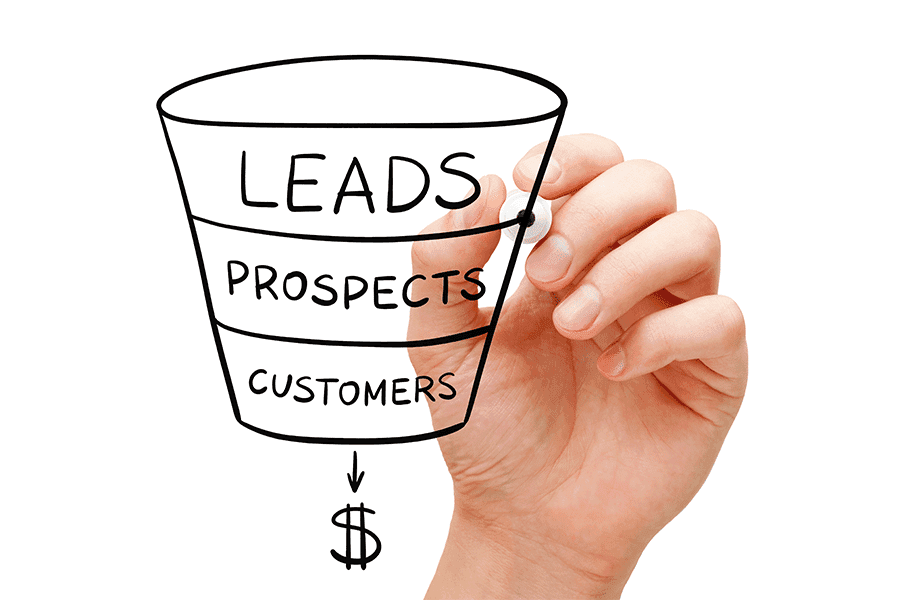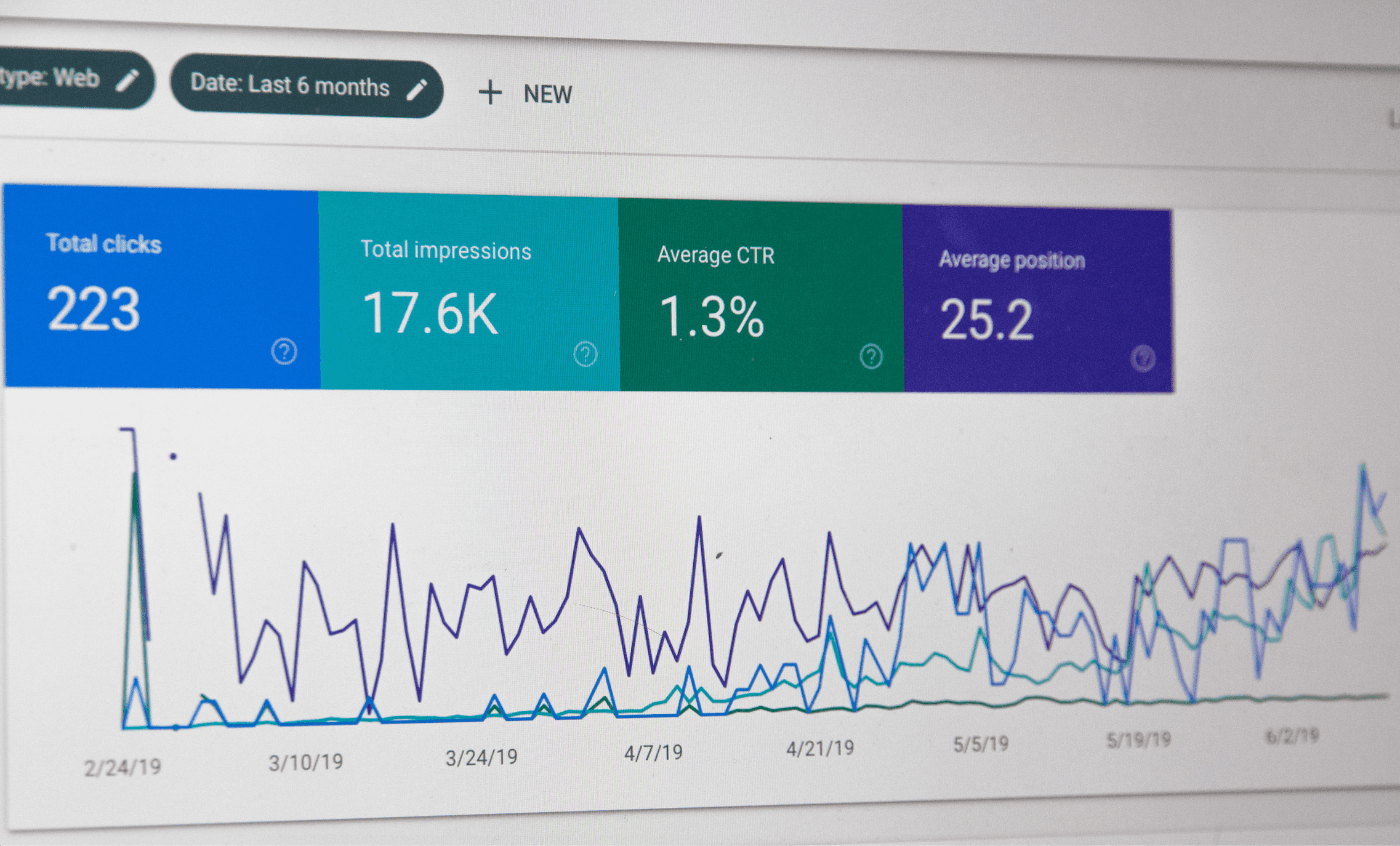Email Marketing Analytics Every Marketer Should Know

Understanding the nuances of email marketing analytics is crucial for any savvy marketer. Whether you’re a business owner, marketing manager, or an executive, grasping these analytics can transform your campaigns from good to great. In this blog post, we’ll dive into the key metrics every marketer should have on their radar – from click-through rates to unsubscribe rates and everything in between.
This article will explore not just the what and the how of these metrics but also the why – why they matter, why they should be tracked, and why they could be the game-changers in your email marketing strategies. So, let’s start to unravel the mysteries of email marketing analytics and discover how you can leverage these insights to catapult your campaigns to new heights of success.
What Is Email Marketing Analytics?

Email marketing analytics refers to the process of analyzing the performance of your email campaigns. Think of it as your mission control center, where every click, open, and response is monitored to gather actionable insights. This process isn’t just about collecting data. It’s about understanding the story behind each number and what it means for your marketing strategy.
This approach helps you understand why people took actions like opening an email or clicking on a link, what motivated them, and how their actions align with your broader marketing goals. It’s about uncovering the ‘why’ behind the ‘what.’
Analytics also offer a clearer perspective on what’s resonating with your audience. Is your call to action compelling enough? Are your subject lines capturing attention? These are the kinds of questions email marketing analytics answers.
More importantly, this process is meant to support your strategy. By understanding which elements of your email are working well and which ones aren’t, you can make informed decisions to enhance performance.
1. Clickthrough Rate (CTR)

When you inquire about the key metrics email marketers track, clickthrough rate (CTR) often tops the list. But what exactly is it? Simply put, CTR measures how many recipients are engaging with your email content to the extent that they click on a link within your email.
The formula for calculating CTR is: Total clicks OR unique clicks ÷ Number of delivered emails × 100
For instance, if your email campaign garnered 5000 total clicks from 100,000 delivered emails, your CTR would be 5000 total clicks ÷ 100,000 delivered emails * 100 = 5% clickthrough rate.
CTR isn’t just a standalone figure; it’s a valuable indicator in assessing your email campaign’s overall performance. Moreover, it plays a crucial role in A/B testing. When experimenting with different email elements to see what works best, CTR serves as a reliable gauge. This metric can vividly show whether a particular change in your email (like a new call to action or a different email layout) is more effective in garnering clicks.
Above all, CTR is instrumental in understanding your audience’s engagement and interest levels. A high CTR indicates that your content resonates well with your audience, prompting them to take action. It offers direct insight into how compelling and relevant your subscribers find your email content.
2. Open Rate

Open rate is a frequently discussed metric in email marketing, defined as the percentage of recipients who open a given email. This seems straightforward—the open rate measures how many people open your emails relative to the total number sent. However, it’s more than just a number; it offers insights into the effectiveness of your subject lines because a compelling subject line can significantly influence whether a recipient decides to open an email.
There’s a caveat to consider, though. Open rates can sometimes paint a misleading picture. Why? Because an email is typically counted as ‘opened’ only if the recipient also downloads the images embedded in the email. This reliance on image loading means that open rates might not always accurately reflect the true engagement level.
Adding another layer of complexity, modern features like Apple’s Email Privacy Protection have further muddied the waters. According to a survey, 22% of marketing professionals report that this feature impacts the accuracy of open rate reporting.
Despite these challenges, open rates aren’t without value. They shine brightest when used as a comparative metric. By consistently tracking open rates over time or across different campaigns, you can start to see patterns and trends. This comparative analysis helps in understanding what subject lines, sending times, or email formats might be more effective in engaging your audience.
3. Conversion Rate

Conversion rate is a pivotal metric in email marketing, often considered the ultimate indicator of an email campaign’s success. It is defined as the percentage of email recipients who click on a link within an email and complete a desired action. This action can vary—it might be making a purchase, signing up for a webinar, downloading a resource, or any other specific goal you’ve set for your campaign.
Calculating the conversion rate is quite straightforward. The formula is: Number of people who completed the desired action ÷ Number of total emails delivered × 100
For example, if 400 recipients out of 10,000 total emails delivered completed the desired action, your conversion rate would be 400 divided by 10,000, which equals 0.04. Multiple that by 100, and the conversion rate is 4%.
This percentage tells you how effectively your email drives recipients to take the action you desire.
To accurately measure your email’s conversion rate, you need to integrate your email platform with web analytics. This integration typically involves creating unique tracking URLs for your email campaign links. These URLs are designed to identify the source of the click, confirming that it originated from your specific email campaign. By doing this, you can precisely track how recipients interact with your email and whether they complete the desired action as a result of clicking a link in your email.
4. Bounce Rate

Bounce rate is a crucial metric in email marketing, representing the percentage of emails sent that couldn’t be successfully delivered to the recipient’s inbox. Understanding bounce rate involves distinguishing between two types: hard bounces and soft bounces.
- Soft bounce
A soft bounce is typically a temporary issue with a valid email address. This could be due to a full inbox, a problem with the recipient’s server, or other short-term delivery issues. In these cases, the recipient’s server might retain the emails for delivery once the issue is resolved. Email marketers often reattempt sending their messages to addresses that result in soft bounces, hoping for successful delivery on a subsequent try.
- Hard bounce
On the other hand, a hard bounce indicates a more severe problem. These bounces happen when an email is sent to an invalid, closed, or non-existent email address. Emails that hard bounce will never be successfully delivered. It’s important to promptly remove these addresses from your email list, as Internet Service Providers (ISPs) track bounce rates when assessing an email sender’s reputation. A high number of hard bounces can negatively impact your sender reputation, potentially affecting future email deliverability.
The formula to calculate bounce rate is: Number of bounced emails ÷ the total number of emails sent × 100
This calculation gives you a clear percentage of your emails that aren’t reaching inboxes.
Although bounce rate might not be directly tied to your marketing goals like other metrics (such as conversion rate or click-through rate), it’s a vital health check for your email list and your overall email strategy.
A high bounce rate indicates underlying issues with your email list quality or deliverability problems. Regularly monitoring your bounce rate helps maintain a clean, effective email list and ensures your messages reach their intended audience.
5. List Growth Rate

List growth rate in email marketing is a vital metric that tracks the rate at which you’re gaining new subscribers to your email list. It’s an indicator of how your list is evolving, highlighting not just how many new subscribers you’re attracting but also considering those who are leaving.
In the world of email marketing, while it’s crucial to focus on call-to-action metrics like click-through rate (CTR) and conversion rates, it’s equally important to keep an eye on how your list is expanding or shrinking.
To calculate the list growth rate, use the following formula: ([(Number of new subscribers) minus (Number of unsubscribes + email/spam complaints)] ÷ Total number of email addresses on your list]) × 100
For example, if you gain 500 new subscribers but lose 100 due to unsubscribes and email/spam complaints, and your total list size is 10,000, your list growth rate would be (500 new subscribers – 100 unsubscribes and email/spam complaints) ÷ 10,000 email addresses on the list * 100 = 4% list growth rate.
It’s important to note that email marketing lists naturally decay over time. On average, lists can expire by about 22.71% every year due to various reasons like email abandonment, changes in subscriber interests, or increased privacy concerns.
Therefore, actively working on maintaining and growing your subscriber list is crucial. A healthy growth rate not only compensates for this natural decay but also indicates effective outreach and engagement strategies, ensuring a steady influx of new potential customers or clients.
6. Email Forwarding Rate

The rate at which your email recipients forward or share your emails with others might seem like a minor detail at first glance. However, it’s a metric that deserves more attention than it often receives. Understanding the email forwarding rate is crucial, as it provides insights into how your content resonates with your audience to the extent that they’re willing to share it with others.
The formula for calculating the email forwarding rate is: (Number of clicks on a share and/or forward button ÷ Number of total delivered emails) × 100
For instance, if you observe 1000 clicks on a share or forward button out of 100,000 delivered emails, your email sharing/forwarding rate is 1000 clicks on a share/forward button ÷ 100,000 total delivered emails * 100 = 1% email sharing/forwarding rate.
One of the most significant aspects of a high email forwarding rate is its potential to generate new contacts. The individuals on your current email list are already part of your database, and when they forward your content, it reaches a broader audience. This amplifies your message and opens the door to adding new contacts to your list. These new contacts, brought in by your existing subscribers, are invaluable as they come with an implicit endorsement from someone they trust.
In essence, a strong email forwarding rate indicates that your content is not just appealing to your current audience but also has the potential to captivate and engage new prospects. This metric sheds light on the shareability of your content and its effectiveness in organically growing your audience and reach.
7. Overall ROI (Return on Investment)

In email marketing, ROI, or Return on Investment, is a critical metric that gauges your email campaigns’ overall profitability and efficiency. It essentially measures the financial returns generated by your email marketing efforts compared to the actual amount spent on these campaigns. Understanding your ROI is crucial because it translates your marketing efforts into clear monetary terms, revealing the actual value and impact of your email strategies.
The formula for calculating ROI in email marketing is: ([($ in additional sales made minus $ invested in the campaign) ÷ $ invested in the campaign] × 100
For instance, let’s say your email campaign resulted in an additional $1,000 in sales, and you invested $100 into the campaign. Your ROI calculation would be ($1,000 in additional sales – $100 invested in the campaign / $100 supported in the campaign) * 100 = a 900% return on investment for the campaign.
The ability to demonstrate tangible results is particularly important when communicating with stakeholders like your boss or the sales team. ROI isn’t just a number—it’s a compelling story about the value of email marketing.
It shows how every dollar invested turns into revenue, helping to justify the budget and resources allocated to email marketing. This metric can effectively illustrate how email marketing stands as a vital and profitable channel in the broader marketing strategy, driving real, measurable results.
8. Unsubscribe Rate

The unsubscribe rate in email marketing measures how many recipients opt out of your email list after opening an email. It is calculated as the percentage of people who unsubscribe from your list following the receipt of a specific email campaign.
While this metric might seem straightforward, it has its limitations. The unsubscribe rate can indicate general trends in subscriber satisfaction or content relevance, but it doesn’t always provide deep insights into subscriber engagement or content effectiveness.
Monitoring the unsubscribe rate monthly is useful, especially as it contributes to calculating your list growth rate. A high unsubscribe rate could be a signal to re-evaluate your email content, frequency, or overall strategy.
It’s important to periodically review your unsubscribe rate to maintain the health of your email list. A consistent or increasing unsubscribe rate can point toward issues that need addressing to keep your list engaged and growing.
Top reasons for unsubscribing include:
- Email frequency: A good number of users unsubscribe because they find emails coming too often. This points to the need to balance email frequency to avoid overwhelming subscribers.
- Over-promotional content: Some users find emails too spammy or over-promotional, indicating a need for more value-driven or varied content.
- Loss of value: Some people unsubscribe because the emails no longer offer value, highlighting the importance of keeping content relevant and engaging.
By keeping tabs on these factors and your unsubscribe rate, you can make informed adjustments to your email marketing strategy, ensuring that your content remains appealing and relevant to your audience.
Conclusion

In conclusion, each of these metrics plays a pivotal role in decoding the success of your email campaigns. They’re not just numbers in a report; they are the signposts that guide your decision-making, helping you craft emails that resonate, engage, and convert. By understanding and monitoring these metrics, you can make data-driven decisions that can significantly enhance the effectiveness of your email marketing efforts.
Remember, in the dynamic realm of email marketing, knowledge is power. Use these metrics to continually refine your approach, ensuring that your email campaigns are heard, felt, remembered, and acted upon by your audience.







